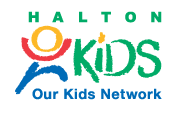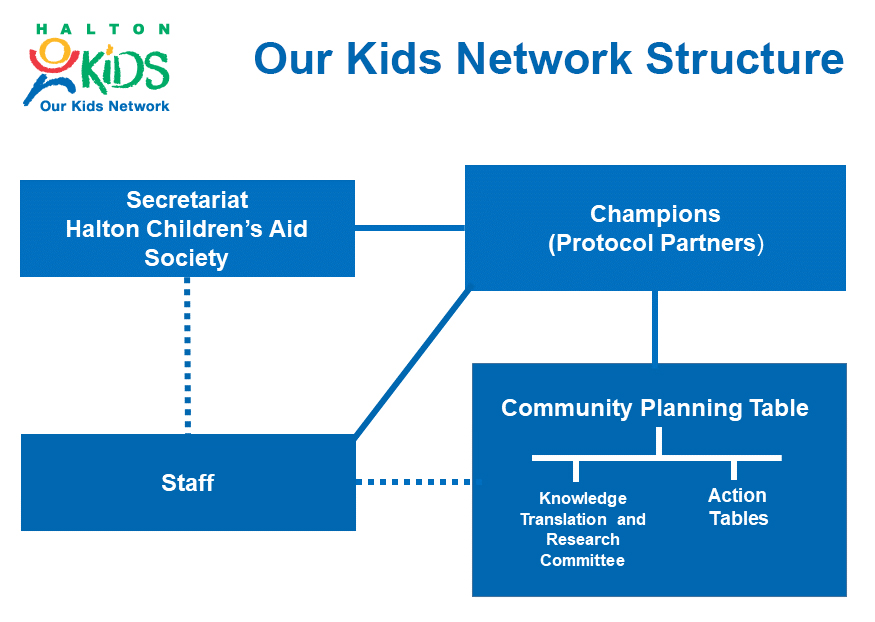Introduction
Angela G is a grade 10 student who volunteers with the Halton Youth initiative (HYI) Calls to Action team. In her blog below, she shares her thoughts on what she has learned about Land Acknowledgements to make them personal, authentic, and meaningful. – Angela Bellegarde, Our Kids Network Indigenous lead
HYI Calls to Action Team’s Guide to Land Acknowledgements
By Angela G., Halton Youth initiative Community Builders Calls to Action team member
As youth working to advocate for Indigenous rights and immersing ourselves in Indigenous culture, it was brought to our attention that many people are unaware of how to properly put together a Land Acknowledgement. Land Acknowledgements, one of the most important components of Indigenous Truth and Reconciliation, are often spoken at meetings or assemblies by adults and youth in various areas.
We wanted to bring attention to the fact that Land Acknowledgements should not just be spoken to check off a requirement. They should be original, and spoken from the heart, based on our true relationship with the land, and with true recognition of our Indigenous ancestors, those who live on the land today, and the Indigenous families who will come in future generations.
Based on this new-found inspiration, our HYI Community Builders Calls to Action team decided to create a website section to educate others on the importance of Land Acknowledgements and guide them along their journey in a less overwhelming way. We worked collaboratively to create a visually appealing web page containing a How-To PDF and video, helpful resources to determine whose land you’re on, and how to pronounce the treaty names; as well as Draw-My-Life videos that provide a history on a few of the Indigenous groups in the Halton Region.

